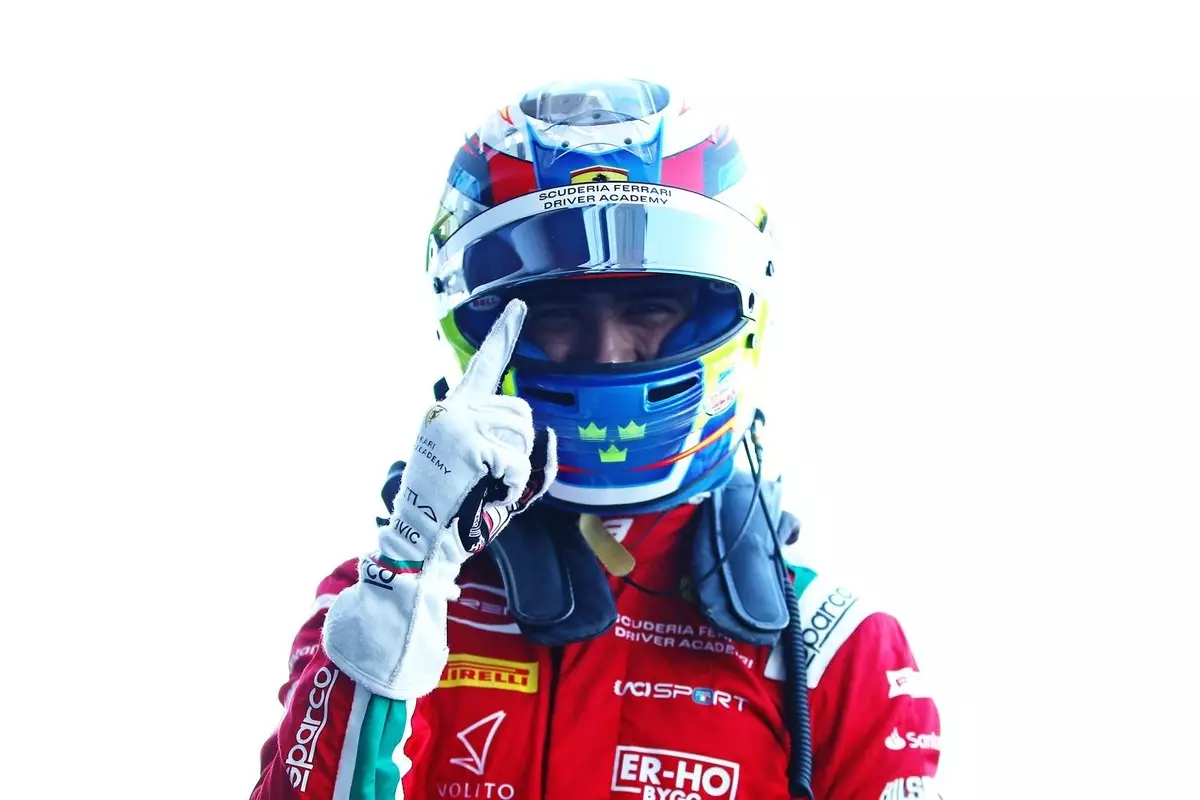The upcoming Macau Grand Prix is shaping up to be a remarkable event for young racers, particularly as it marks a significant transition in the machinery used in the competition. Traditionally a showcase for FIA Formula 3 cars, the Grand Prix will see its racers shift to Formula Regional machinery for the first time in its long and storied history, a change set to take place on November 17, 2024. This evolution represents not only a technological advancement but also a response to the shifting dynamics of junior single-seater racing.
The Shift from Formula 3 to Formula Regional: A Necessary Evolution?
Organizers have articulated that moving to Formula Regional cars is a “natural consequence of the evolution of the junior single-seater landscape.” While this rationale might seem sound on the surface, it has ignited a simmering discontent among some competitors. Gabriele Mini, one of the prominent figures in FIA Formula 3 and a series runner-up, has expressed concerns about the potential detriments to the race’s prestige and competitiveness. The skepticism surrounding this change points to a broader discussion within motorsport concerning how best to nurture emerging talent while maintaining the integrity and allure of longstanding events.
The decision makes logical sense in many ways; the Formula Regional category is designed to bridge the gap between entry-level classes and the top tier of Formula 3 racing. However, this change could risk alienating drivers and teams who have invested in the existing infrastructure and are possibly unprepared for a sudden transition. While innovation is central to the growth and sustainability of motorsport, preserving the foundational qualities that make such events appealing is equally vital.
Despite the controversy, a robust field of competitors is set to grace the raceway, indicating that many are willing to embrace the new direction. Among the entries are names that have rapidly climbed the ranks of junior motorsport, including Oliver Goethe and Dino Beganovic, who both competed fiercely in FIA F3 this past season. Notably, Goethe, a Red Bull junior driver, strategically forwent a potential title run to seize an opportunity in Formula 2, a move that demonstrates an adaptive approach critical for success in competitive racing.
Beganovic, another standout, continues with Prema, the team known for nurturing numerous successful F1 talents. Their participation not only underscores their commitment to the new journey but also sets a compelling narrative surrounding their careers. Mari Boya’s presence, with a solid track record in Macau, further enriches the competitive field and suggests a depth of talent eager to prove themselves on an international stage.
Additionally, new faces from adjacent categories, such as Alex Dunne and Freddie Slater—who is eyeing a transition to Formula Regional after dominating in the Italian F4—add another layer of intrigue. Their adaptability and eagerness to compete against established drivers could herald the emergence of the next generation of motorsport champions.
The pressures of transitioning to Formula Regional machinery in the Macau Grand Prix highlight the competitive nature of karting, F4, and F3, where the stakes continue to rise. The involvement of seasoned F4 competitors and rising stars from different disciplines like Super Formula Lights signifies a resolve among teams and drivers to evolve and embrace wider racing landscapes.
Emanuele Pirro, president of the FIA single-seater committee, encapsulates the essence of the Macau Grand Prix as a challenging yet rewarding testing ground for aspiring drivers. His optimism about the collection of talent assures everyone that the spirit of competition will thrive, bringing together various champions from different racing formulas. With only a couple of seats still unconfirmed, the anticipation surrounding the full grid adds to the excitement as the Grand Prix draws closer.
The 2024 Macau Grand Prix represents a pivotal moment in motorsport, not just for its departure from traditional vehicles but for encapsulating the dynamic environment of youth racing. This change reflects a broader narrative about the evolution of motor racing pathways, emphasizing the need for adaptability among young drivers, who must navigate an increasingly complex and competitive world in pursuit of their Formula 1 ambitions. As the event unfolds, it will serve as a reminder of the ever-changing landscape of motorsport, where adaptation is integral to success.


Leave a Reply